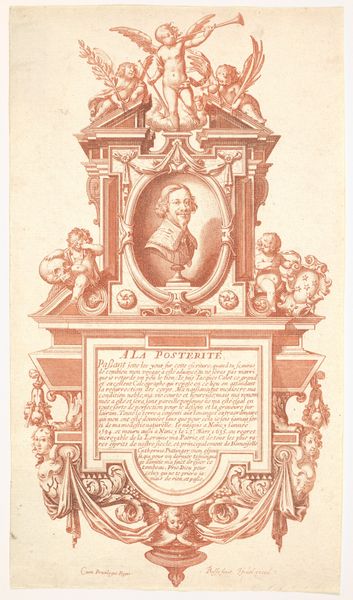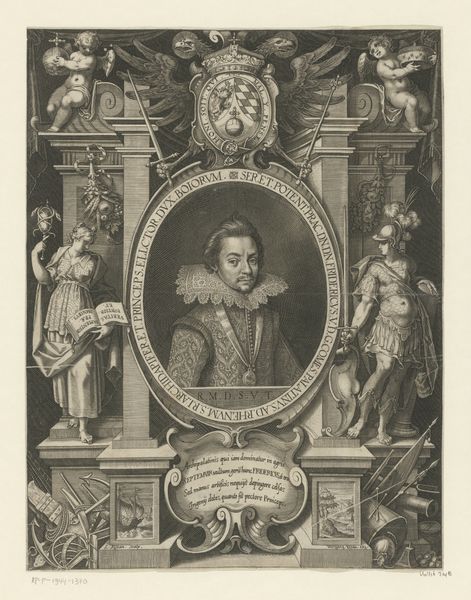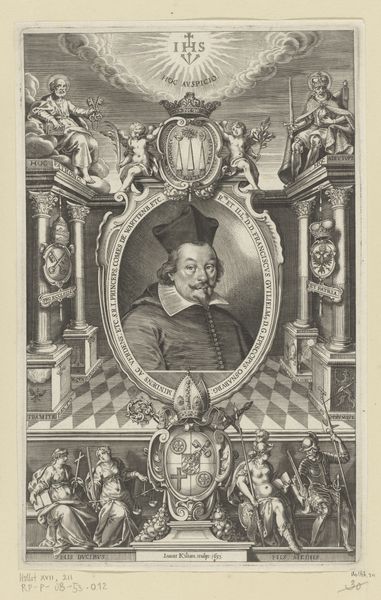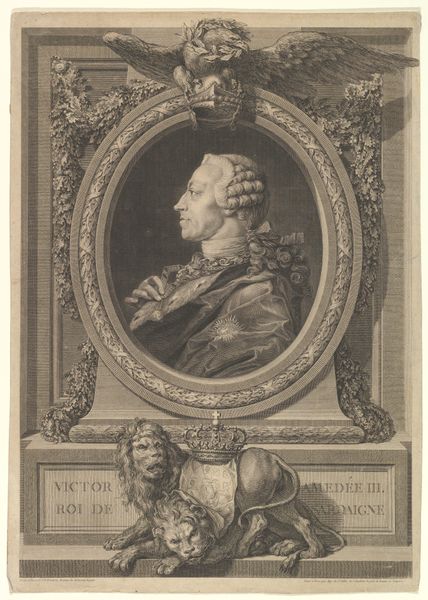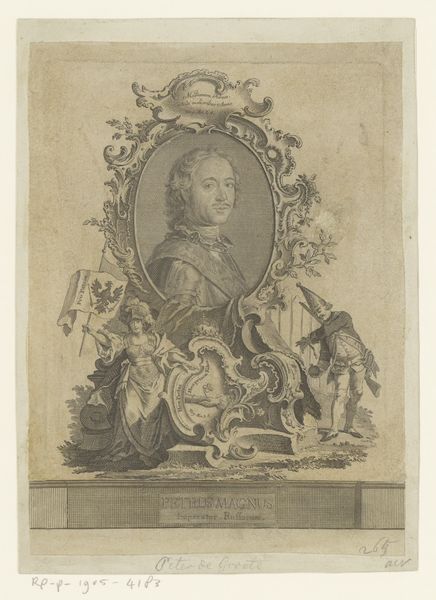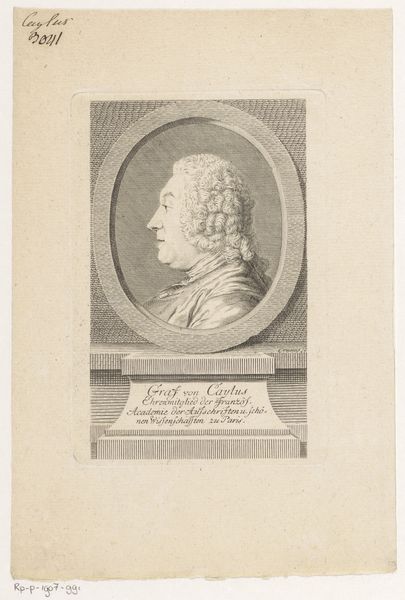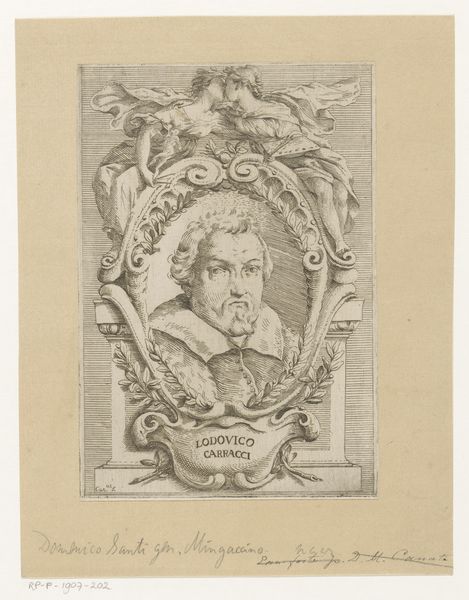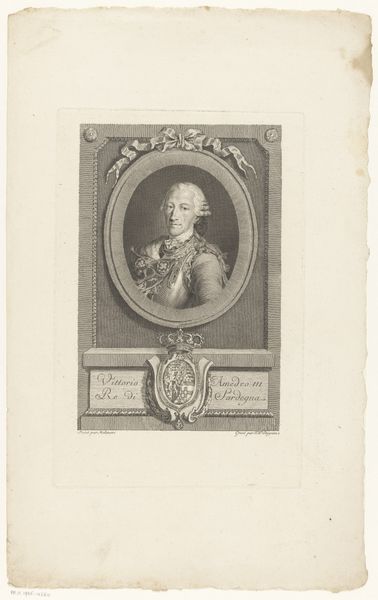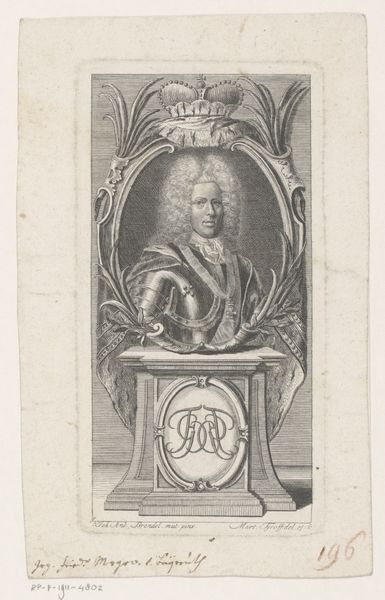
print, engraving
#
portrait
#
baroque
# print
#
history-painting
#
engraving
Dimensions: sheet (trimmed to plate mark): 27 x 19.6 cm (10 5/8 x 7 11/16 in.)
Copyright: National Gallery of Art: CC0 1.0
Curator: This engraving, "Barthelemy Tremblay" by Michel Lasne from 1639, is fascinating. The baroque ornamentation is undeniable. But what stands out to you initially? Editor: The detail is pretty incredible, especially considering it’s a print. The amount of labor that went into creating this, both in the original artwork depicted and in the engraving itself, seems significant. It also makes me think about the economics of art in the Baroque period. What can we infer from the piece’s materiality? Curator: Precisely. Think about who would commission and purchase a print like this. What materials are involved in the process? You have the copper plate, the inks, the paper, not to mention the tools used by Lasne himself. Editor: So, it points towards a rising class that could afford such pieces, but still wasn’t wealthy enough for, say, an oil painting? Also, the engraving tools themselves – where were those crafted? The paper too... that all has implications for the social context of artistic production. Curator: Exactly. And notice how Lasne labels Tremblay, ‘Sculpteur du Roy’ – Sculptor to the King. This wasn’t just any craftsman. We see the royal insignia and implements signifying artistry – instruments and oil lamps that add to this construction of royal artist as divinely inspired labourer. What do these details indicate about artistic status in 17th-century France? Editor: The symbols solidify a connection between labor, skill, and royal authority. And if it’s a print, made to be reproduced, it allows a wider circulation of this status – an advertisement for both the artist Tremblay and for the crown that employs him? Curator: Excellent point. Disseminating images via prints became a powerful tool. The means of production were becoming almost as important as the final image itself, creating value around both craft and consumption. Editor: So, shifting our focus to the materiality and process gives us insight not just into technique but also the social and political context in which the art was made and distributed. Curator: Exactly. Focusing on production unravels the narrative within.
Comments
No comments
Be the first to comment and join the conversation on the ultimate creative platform.

